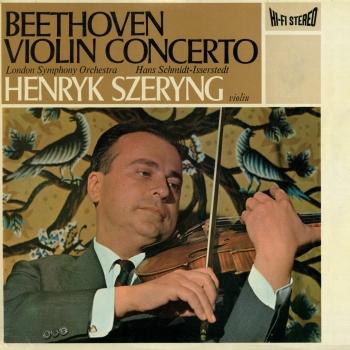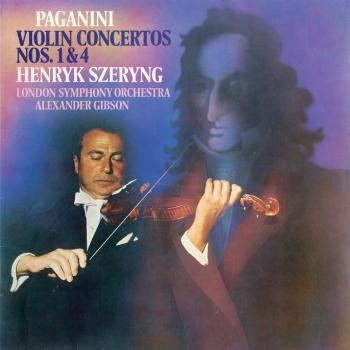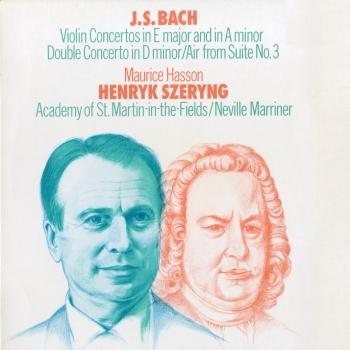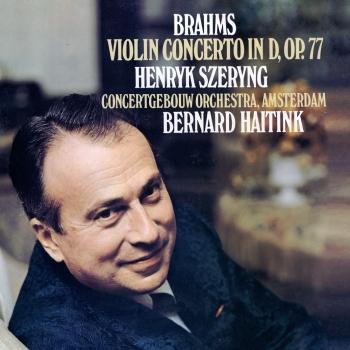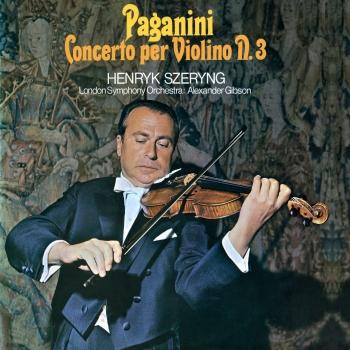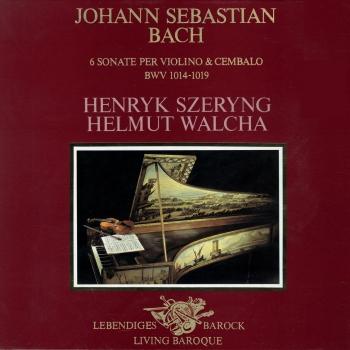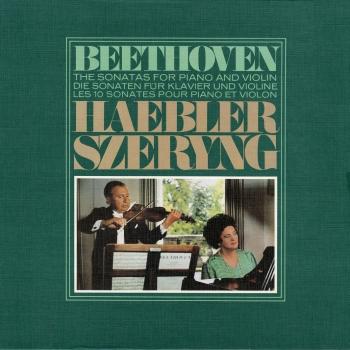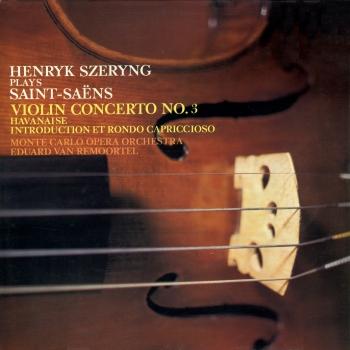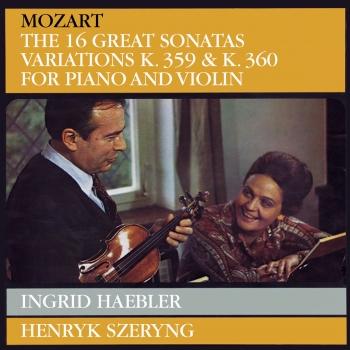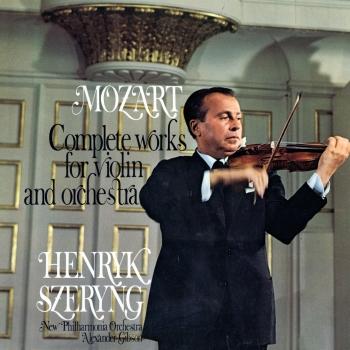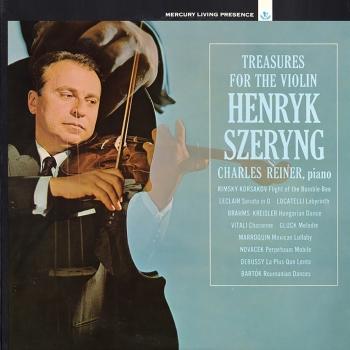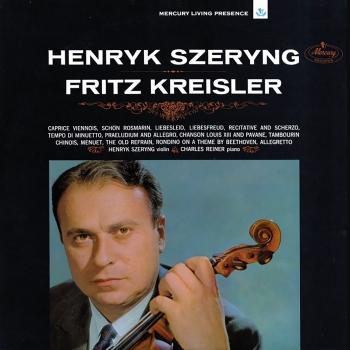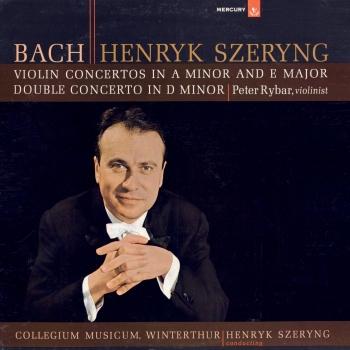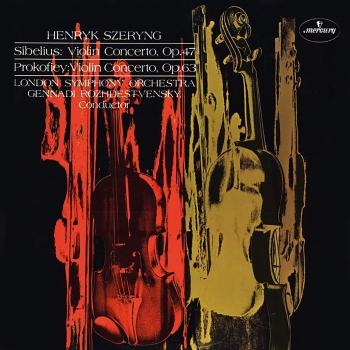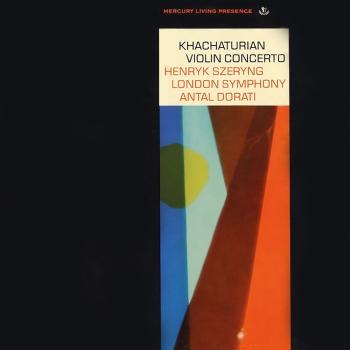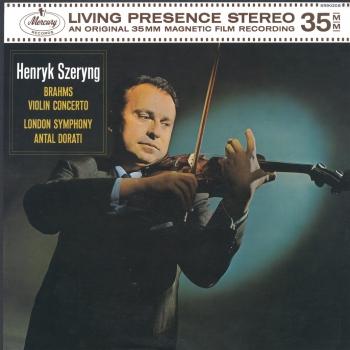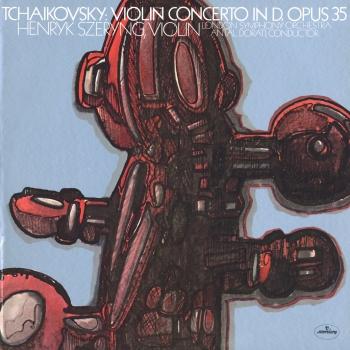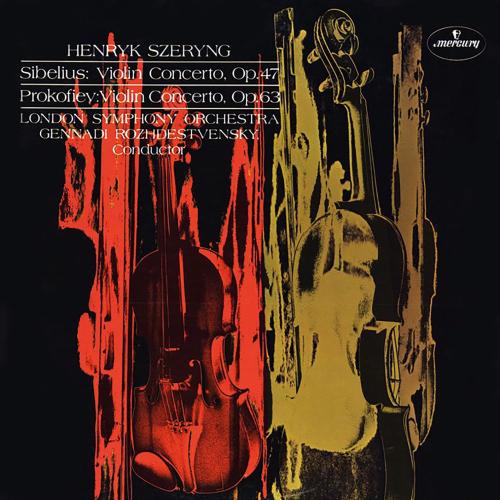
Sibelius: Violin Concerto / Prokofiev: Violin Concerto No. 2 (Remastered) Henryk Szeryng
Album Info
Album Veröffentlichung:
1965
HRA-Veröffentlichung:
30.11.2018
Label: Universal International Music B.V.
Genre: Classical
Subgenre: Concertos
Interpret: Henryk Szeryng
Komponist: Jean Sibelius (1865 –1957), Sergei Prokofiev (1891–1953)
Das Album enthält Albumcover
Entschuldigen Sie bitte!
Sehr geehrter HIGHRESAUDIO Besucher,
leider kann das Album zurzeit aufgrund von Länder- und Lizenzbeschränkungen nicht gekauft werden oder uns liegt der offizielle Veröffentlichungstermin für Ihr Land noch nicht vor. Wir aktualisieren unsere Veröffentlichungstermine ein- bis zweimal die Woche. Bitte schauen Sie ab und zu mal wieder rein.
Wir empfehlen Ihnen das Album auf Ihre Merkliste zu setzen.
Wir bedanken uns für Ihr Verständnis und Ihre Geduld.
Ihr, HIGHRESAUDIO
- Jean Sibelius (1865 - 1957): Violin Concerto in D Minor, Op. 47:
- 1 Violin Concerto in D Minor, Op. 47: 1. Allegro moderato 15:30
- 2 Violin Concerto in D Minor, Op. 47: 2. Adagio di molto 07:21
- 3 Violin Concerto in D Minor, Op. 47: 3. Allegro, ma non tanto 07:37
- Sergei Prokofiev (1891 - 1953): Violin Concerto No. 2 in G Minor, Op. 63:
- 4 Violin Concerto No. 2 in G Minor, Op. 63: 1. Allegro moderato 10:17
- 5 Violin Concerto No. 2 in G Minor, Op. 63: 2. Andante assai 09:16
- 6 Violin Concerto No. 2 in G Minor, Op. 63: 3. Allegro, ben marcato 05:56
Info zu Sibelius: Violin Concerto / Prokofiev: Violin Concerto No. 2 (Remastered)
The multicolored strands of influence -- personal and creative -- that converged on composer Sergei Prokofiev lent to his musical career a strange richness and duality. Prokofiev's musical development evolved in the constant shadow of multiple and often paradoxical circumstances. Raised and trained in the culture of waning imperial Russia, he would nonetheless emerge as one of the brightest stars in the Soviet Union's world of stringent artistic doctrines. Though hailed early on as a "bad boy" modernist, simplicity, urged by Soviet strictures, became Prokofiev's ultimate goal. Still, he steadfastly continued to employ those aspects -- novel and unexpected harmonic turns, melodic athleticism, and a prodigious handling of rhythm -- which from the outset marked the uniqueness of his style.
The aspects of change and multiplicity in Prokofiev's music, both within individual works and in the larger scope of his evolving style, are in no place more in evidence than in the Violin Concerto No. 2 in G minor, Op. 63 (1935). Indeed, the work took shape over the course of wide-ranging travels the composer undertook as part of his performing career. "Reflecting my nomadic concertizing existence," he wrote, "the Concerto was written in the most diverse countries: the main subject of the first movement was written in Paris, the first theme of the second movement -- in Voronezh, the instrumentation was completed in Baku, and the premiere took place in December of 1935 in Madrid." Undertaken (probably unbeknownst to the composer) as his final commission from a non-Soviet source, the Concerto already exhibits a particular attention to a less complicated -- though no less masterful -- handling of musical materials.
The first movement, Allegro moderato, opens with a plaintive, five-beat motive in the solo violin which, even at this early stage, creates a sense of metric imbalance from having been placed into a 4/4 meter. It is spun into a full-fledged melody in G minor which pushes onward, eventually punctuated by episodes of abrupt changes in tonality, rhythmic impulse, and mood. The built-up energy and perfunctory close of the first movement is rapidly dissipated by the arrival of the second, Andante assai, which is characterized by a wistful and perhaps nostalgic, unpretentious and songlike theme in E flat major. The orchestra provides a gentle, harmonically unobtrusive accompaniment as the violin's theme is varied and developed -- and later, gear-shiftingly interrupted -- in the course of the movement. The roles are reversed in the final bars as a thematic fragment and its pizzicato accompaniment, now provided by the solo violin, recapture the initial mood as they fade into quiet. The final movement, Allegro, ben marcato, emerges in triple-metered dance-like gestures, at times with the genteel reserve of a waltz, at others with a more rustic, uninhibited character. Episodes of grotesquerie and dark comedy spring forth and propel the movement forward toward its steely con brio, tumultuous close.
Henryk Szeryng, violin
The London Symphony Orchestra
Gennadi Rozhdestvensky, conductor
Recorded on July 22-24, 1965 at Wembley Town Hall, London, England
Digitally remastered
Keine Biografie vorhanden.
Dieses Album enthält kein Booklet










